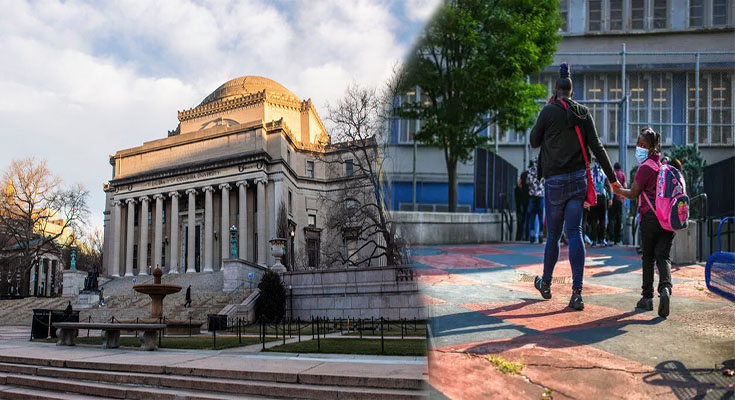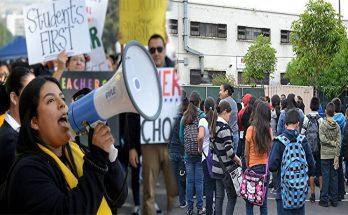The Board of Education of New York has announced several plans to improve education for the city’s children. Among these are plans to implement new feeder patterns for all elementary schools by September 1966, close the Brooklyn Girl’s High School, eliminate IQ tests, and reduce class sizes. Other goals include reducing dropout rates and improving the quality of education. The Superintendent will present his plans to the Board on March 16th.
Cantes v. Board of Education
The Supreme Court recently ruled in favor of school choice in the case of Cantes v. Board of Education New York. The case was decided in part because of a flawed school finance system. The state of New York relied heavily on local property taxes to fund its public schools, but the system disproportionately disadvantaged poor districts. The state’s system violated the Equal Protection Clause, which is the foundation of the Constitution.
The State of New York awards merit scholarships to high-achieving high-school students. However, in the past, these scholarships were based solely on SAT scores, which were not an adequate predictor of success in college. A group of female students challenged this practice in court. The court ruled that the reliance on SAT scores discriminated against female students and required the state to take high school grades into account when awarding scholarships.
Defendant’s 14th Amendment right to due process
A defendant’s 14th Amendment right to due process, known as due process of law, requires the prosecution to establish every fact necessary to prove the crime charged. Defendant’s 14th Amendment rights to due process have not been stricken in the courts, and this court has not yet decided whether to reverse a conviction based on a lack of due process.
School integration efforts in New York City
School integration is an issue that’s a hot topic in New York City. The city’s School Diversity Advisory Group has recently released a report on how to make integration a reality for all students. This 108-page report makes the case for inclusion and offers practical ideas to change policy.
This report found that the Board of Education was not addressing the desegregation mandate in a proper manner. Although they pretended to be concerned about the education of all children, they had not been addressing the needs of children of color. This prompted civil rights activists and community groups to take action. School integration became a primary goal, as was community control.
Despite these efforts, many schools are still not fully integrated. Even if schools are integrated, the situation can remain problematic. One of the most significant challenges is the lack of funding to make integration a reality for every student. In addition to a lack of resources, schools often have difficulty hiring teachers who are culturally sensitive.





